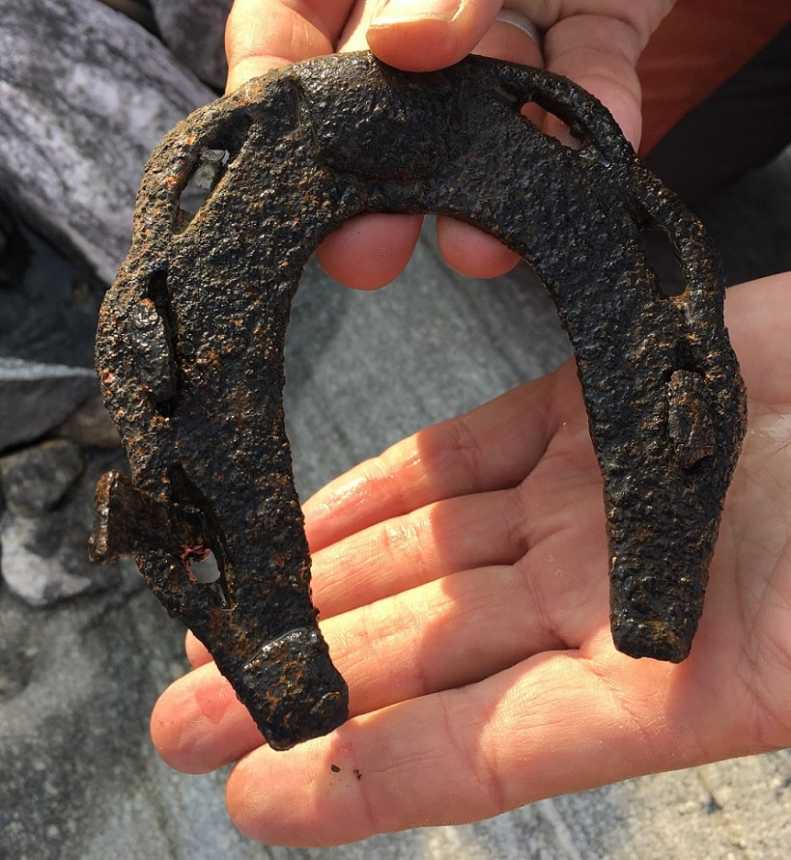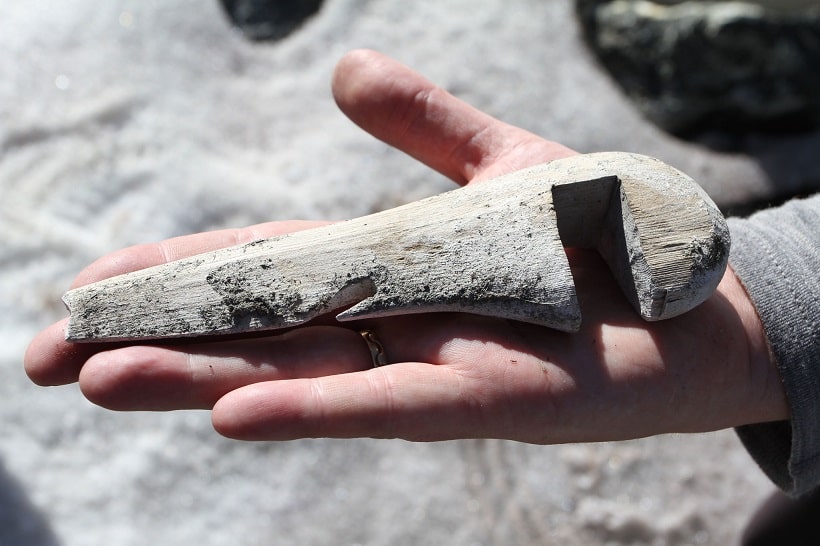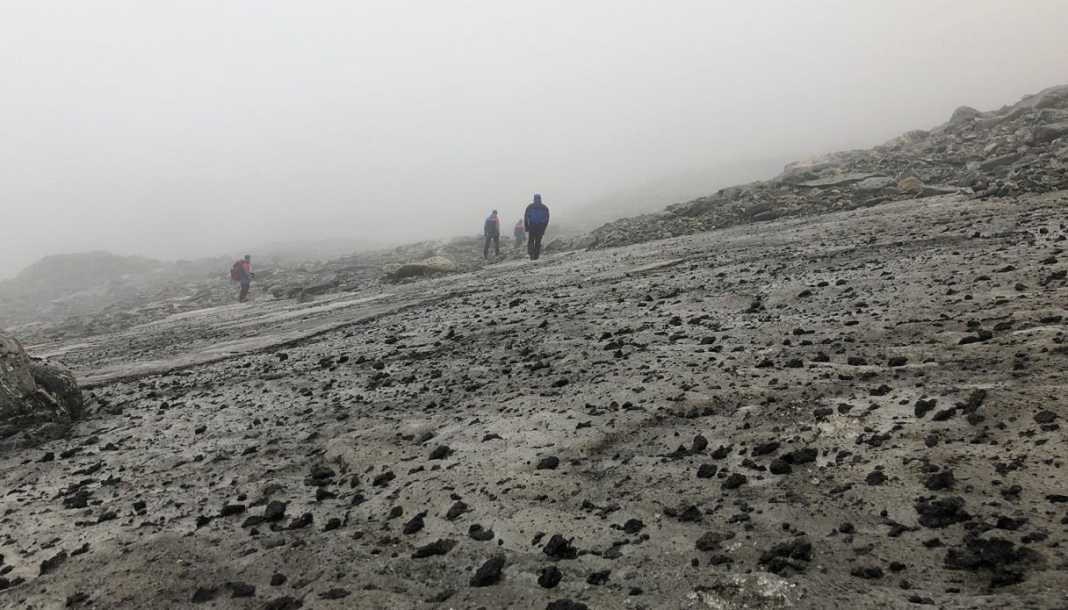In 2011, hikers in the snowy mountains of central Norway came across a 1700-year-old wool tunic, likely belonging to a Roman-era hypothermia victim. As ice in the region has continued to melt, researchers have made hundreds of additional finds. Now, archaeologists have made their biggest discovery yet: a lost Viking trade route that may have been used for hundreds of years to ferry everything from butter to reindeer antlers to far-flung European markets.
In the new study, Lars Piloe, an archaeologist at the Innlandet County Council Department of Cultural Heritage in Lillehammer, Norway, and colleagues radiocarbon dated dozens of artifacts from the Jotunheimen mountains. They focused on an ice patch known as Lendbreen, which has melted rapidly over the past 9 years, collecting the relics between 2011 and 2015. The objects date back to the Bronze Age, between 1750 B.C.E. and 300 C.E., the team found. The oldest are mostly arrows and other hunting equipment, likely used to kill reindeer.
Toward the top of the ice patch, however, the artifacts were different and more densely concentrated. The freshly exposed ground was littered with iron horseshoes and nails, walking sticks, shattered sleds, woolen mittens, leather shoes, the bones of dead horses, and piles of horse dung.

PHOTOGRAPH BY ESPEN FINSTAD/SECRETSOFTHEICE.COM
Dating from around 300 to 1500 A.D., the artifacts tell the story of a mountain pass that served as a vital travel corridor for settlers and farmers moving between permanent winter settlements along the Otta River in southern Norway and higher-elevation summer farms farther south. And as they traveled across the rough terrain, these bygone travelers left behind everything from horseshoes to kitchen tools to items of clothing. As snow collected over the centuries, those forgotten objects were preserved in what eventually became the Lendbreen ice patch.
“It may seem counterintuitive, but high mountains sometimes did serve as major communications routes, instead of major barriers,” says study co-author James Barrett, an archaeologist at the University of Cambridge. “It’s easy to travel at high elevations, once you get up there and there’s snow on the ground.”

PHOTOGRAPH BY ESPEN FINSTAD/SECRETSOFTHEICE.COM
Pilø, the first author on the Antiquity paper, and his colleagues have radiocarbon dated 60 of the 1,000 Lendbreen artifacts so far, revealing that human activity on the pass began around 300 A.D., during a time when good climate conditions led to a population boom in the area.
Lendbreen’s days as a transportation route peaked in the Viking Age, around 1000 C.E., the team estimates. The dates suggest the population pressure pushing Viking-era Scandinavians onto ships bound for the far corners of Europe and North America also prompted them to explore ever-more-remote corners of their homeland, like the high mountains.
“It’s a society operating close to the carrying capacity of the landscape,” Sindbæk says. “If there wasn’t such a large population, they wouldn’t need to exploit these niches.”

PHOTOGRAPH BY ESPEN FINSTAD/SECRETSOFTHEICE.COM
The pass was a vital link connecting what seems at first glance like a remote, inhospitable corner of Norway to a wider Viking age world of trade and commerce. Combs made from reindeer antler show up in Viking graves far to the south, for example, and historical records suggest butter was a major export from Norway to England.
The number of finds declines sharply around 1400 C.E. coinciding with the Black Death in Norway, which killed an estimated half of the country’s medieval population. Together with the so-called Little Ice Age, a centurieslong cold spell that began around 1300 C.E., the plague crushed the area’s economy. The pass was forgotten for more than 500 years—until archaeologists rediscovered it.
After another extreme summer melt in 2018, Piloe says, all Lendbreen’s Viking-era ice, along with the artifacts it once concealed, is probably gone.


